Hello, we are Urban Industrial Imaging, Frank Villafañe and Rose Rios, a New Jersey based husband and wife photography team. We’ve been shooting Nikon full-frame cameras professionally for the past 4+ years but have recently been experimenting with mirrorless cameras in our business.
Most of what we shoot would be considered architectural/real estate: residential and commercial, and industrial photography. Our clients include Rutgers University, New Brunswick Development Corporation (DEVCO), Johnson & Johnson, Conde Nast Traveler, and a growing number of local as well as national clientele.
The Quest
When we began to read all of the hype surrounding mirrorless cameras, and how many full-frame DSLR photographers were defecting to the small(er) format, we decided to take a critical look to see if they could provide any benefit to our style of shooting.
Most importantly, we needed to know if the mirrorless format would be of any use to our clientele. At a minimum, it should produce image quality reasonably close to the that of the DSLR – at least, it should be indistinguishable to the discerning eye. Pixel-peepers excluded, of course.
Getting Started
As already stated, our main style of photography is architectural/industrial, although we do shoot many events as well as portraiture. See below:
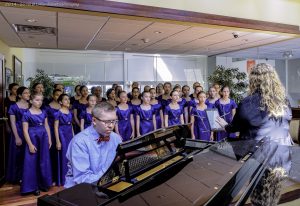
This shot shows the New Brunswick All Girl Choir performing at a toast for ex-NJ Governor, James Florio.

Head chef Serafin Sarduy at Esquina Latina, located in New Brunswick, New Jersey.
Speaking of events and portraiture, the current mirrorless offerings seem to be tailor-made for these styles of photography, and indeed, offer significant advantages over their DSLR counterparts, such as:
- Speed: 8-15 frames per second, or better
- Silent shutter
- Smaller size: less intrusive
- More agile: faster lens changes
- Outstanding image quality and resolution
From that standpoint alone, mirrorless cameras DO provide an edge and probably should be included in every photographer’s camera bag. So how did we plan our quest and what did we discover?
1. Minimum Two Photographers & Two Cameras
This is a shot of a few swimmers taking a dip in the Atlantic Club pool.
We chose our gear and split up. The place was very well lit, so we didn’t need any additional lighting to slow us down.
NOTE: To view all of the Atlantic Club images, please visit Atlantic Club Gallery.
2. Divide and Conquer
I took the heavy gear and concentrated on all of the wide-angle shots, while my wife took the mirrorless cameras… fast and light. We covered the entire gym in just over 1 hour. We presented the client with 25 distinct images, all of which were accepted with great enthusiasm.
Atlantic Club Men’s Locker Room
Atlantic Club TechoGyms
Well, we were pretty excited with the results and decided to pursue this idea further, the possibilities seemed endless…
3. Simultaneous Generation
Our best client, DEVCO, wanted to update some images we had shot for them two years earlier, so we employed our technique of shooting with both the DSLR and mirrorless cameras, but this time we synchronized our shots.
Their project involved updating a business at the base of a parking garage that they had built. The original vendor, Fresh Grocer, closed and the new tenant, Key Food, remodeled the location. The client requested images of the current version of the completed changes.
Our Approach
We set up our tripods and photographed two versions of the newly renovated site, with both cameras situated next to each other. Below is the original with the two updated versions flanking each side.
We couldn’t escape the inherent differences in the cameras and the lenses chosen, nor could we both occupy the same space, so there were some minor differences as to position and color. For the most part we chose the same ISO, aperture and shutter speed where possible, firing each shutter simultaneously to minimize any differences.
Side-by-side images of Original Fresh Grocer and Key Food
Which did the client choose? The DSLR version, but it was very close: they loved the color and look of the mirrorless image, but wanted the slightly better detailed resolution of the DSLR image.
The Next Step
By now, flush with our success, we began to shoot both DSLR’s and mirrorless side-by-side whenever the opportunity arose. But exactly which mirrorless cameras did we use? Well, we tried quite a few before settling on our current choice.
As mentioned earlier, we did employ both the Fujifilm XT-1 as well as the Olympus OMD EM1 on our first tandem shoot. We also tried out, in no specific order, the following on a variety of different client shoots, as well as personal projects:
What is ironic is that we’ve licensed images with virtually all of the cameras mentioned, the lone exception being the OMD EM10.
More Examples
The following photographs are DSLR and mirrorless images side by side. We leave it as an exercise to the reader to determine which is which ;)
Rutgers Honors College #1 & #2: taken at different times
Rutgers Honors College Interiors #1 & #2: taken at the same session
Rutgers Newark College Interiors #1 & #2: taken at the same session
Princeton Lacrosse Mens’ Locker room #1 & #2: taken at the same session
An industrial example:
40 College Ave. Construction Project #1 & #2
4. A Pair of Aces
The final pair of images below were taken at the same session with our current choice of cameras:
Two images of Frog and The Peach
With the results we’re getting, we will continue to employ mirrorless cameras in all of our projects. In fact, they now occupy a permanent place in our camera bag(s).
All this begs the question: why not dispense with the DSLR and just shoot mirrorless, as many have done already? We honestly thought about it… but decided to use both for the strengths each provides.
Furthermore, we’re not exactly ready to ditch the DSLR… at least not yet. We prefer to wait and see how the mirrorless market matures. We do believe the day will come when mirrorless cameras will eventually supplant the DSLR – but NOT today.
Update: That may occur sooner than expected… look for MAJOR changes in the mirrorless world this September at Photokina!
5. Small Wonder!
So which is our mirrorless camera of choice? The Olympus PEN-F! It is small, fast, responsive with very good detail resolution (20MP), and a wide choice of outstanding lenses, which have served to bolster our decision.
Our DSLR(s) are Nikons, of course – the D750 and D500. Nikonian glass speaks for itself, ‘Nuff said. Note: There ARE adapters to enable Nikon lenses to work with M43 cameras – but I can’t see hanging a Nikon 70-200mm f/2.8 off an Olympus OMD EM10… or even an EM1.
We feel that with these options we can cover just about any client/personal needs, and then some. The best of both worlds.
EXIF DATA
Now, as promised: the EXIF data for all of the images, in order. Mirrorless is displayed in BLUE text.
| Photograph | Camera Model | Specifications |
|---|---|---|
| Rutgers Business School, Piscataway NJ | Nikon D600 | 24-120mm f/4 ISO 400 24mm f/8 @ 6s |
| NJ All Girl Choir @ Governor Florio Toast | Olympus OMD EM1 | 12-40mm f/2.8 ISO 800 12mm f/3.2 @ 1/80s |
| Chef Serafin Sarduy, Esquina Latina | Olympus OMD EM5MII | 40-150mm f/2.8 ISO 640 46mm f/2.8 @ 1/250s w/flash |
| Atlantic Club Pool | Nikon D610 | 16-35mm f/4 ISO 1250 16mm f/5.6 @ 1/50s |
| Atlantic Club TechnoGyms | Fujifilm XT-1 | XF10-24mm f/4 ISO 1600 10mm f/4 @ 1/40s |
| Atlantic Club Mens’ Locker Room | Olympus OMD EM1 | 12-40mm f/2.8 ISO 400 12mm f/3.2 1/100s |
| Key Food #1 | Nikon D750 | 20mm f/1.8 ISO 800 20mm f/8 @ 1/20s |
| Original Fresh Grocer | Nikon D600 | 18-35mm f/3.5-4.5 ISO 50 24mm f/11 @ 4s |
| Key Food #2 | Olympus OMD EM5MII | 7-14mm f/2.8 ISO 400 12mm f/8 @ 1/13s |
| Rutgers Honors College #1 | Olympus PEN-F | 12-40mm f/2.8 ISO 200 38mm f/11 @ 1/125s |
| Rutgers Honors College #2 | Nikon D750 Tamron | 15-30mm f/2.8 ISO 100 15mm f/11 @ 1/40s |
| Rutgers Honors College Interiors #1 | Nikon D750 | 20mm f/1.8 ISO 400 20mm f/4 @ 1/10s |
| Rutgers Honors College Interiors #2 | Olympus OMD EM5MII | 12-40mm f/2.8 ISO 400 15mm f/2.8 1/30s |
| Rutgers Newark College Interiors #1 | Olympus OMD EM5MII | 7-14mm f/2.8 ISO 400 7mm f/8 @ 1/5s |
| Rutgers Newark College Interiors #2 | Nikon D750 | 20mm f/1.8 ISO 100 20mm f/11 @1/3-5s 5 exposure blend |
| Princeton Lacrosse Mens’ Locker Room #1 | Nikon D750 | 20mm f/1.8 ISO 800 20mm f/11 @1/8s w/flash |
| Princeton Lacrosse Mens’ Locker Room #2 | Olympus PEN-F | 7-14mm f/2.8 ISO 640 7mm f/11 @ .5s w/flash |
| 40 College Ave. Construction Project #1 | Olympus OMD EM5MII | 9-18mm f/4-5.6 ISO 400 9mm f/11 @ 1/80s |
| 40 College Ave. Construction Project #2 | Nikon D750 | 24-120mm f/4 ISO 100 24mm f/5.6 @ 1/640-1/25s 5 exposure blend |
| Frog and The Peach Exterior #1 | Olympus PEN-F | 7-14mm f/2.8 ISO 80 14mm f/11 @ 1/25s |
| Frog and The Peach Exterior #2 | Nikon D750 | 24-120mm f/4 ISO 100 24mm f/5.6 @ 1/640-1/25s 5 exposure blend |
Like our work? You can view more at our current website, Urban Industrial Imaging. All of our current mirrorless work can be viewed at our 500px gallery, Sin Espejo (Mirrorless). Also, please visit our Facebook and Instagram pages and “like” away! Thanks for reading and we hope you enjoyed this little article.
Finally, a big “thank you” and tip-o-the-hat to our mentor and fellow shooter, Mike Newton and Hacking Photography! Thanks for hosting this “guest post”!

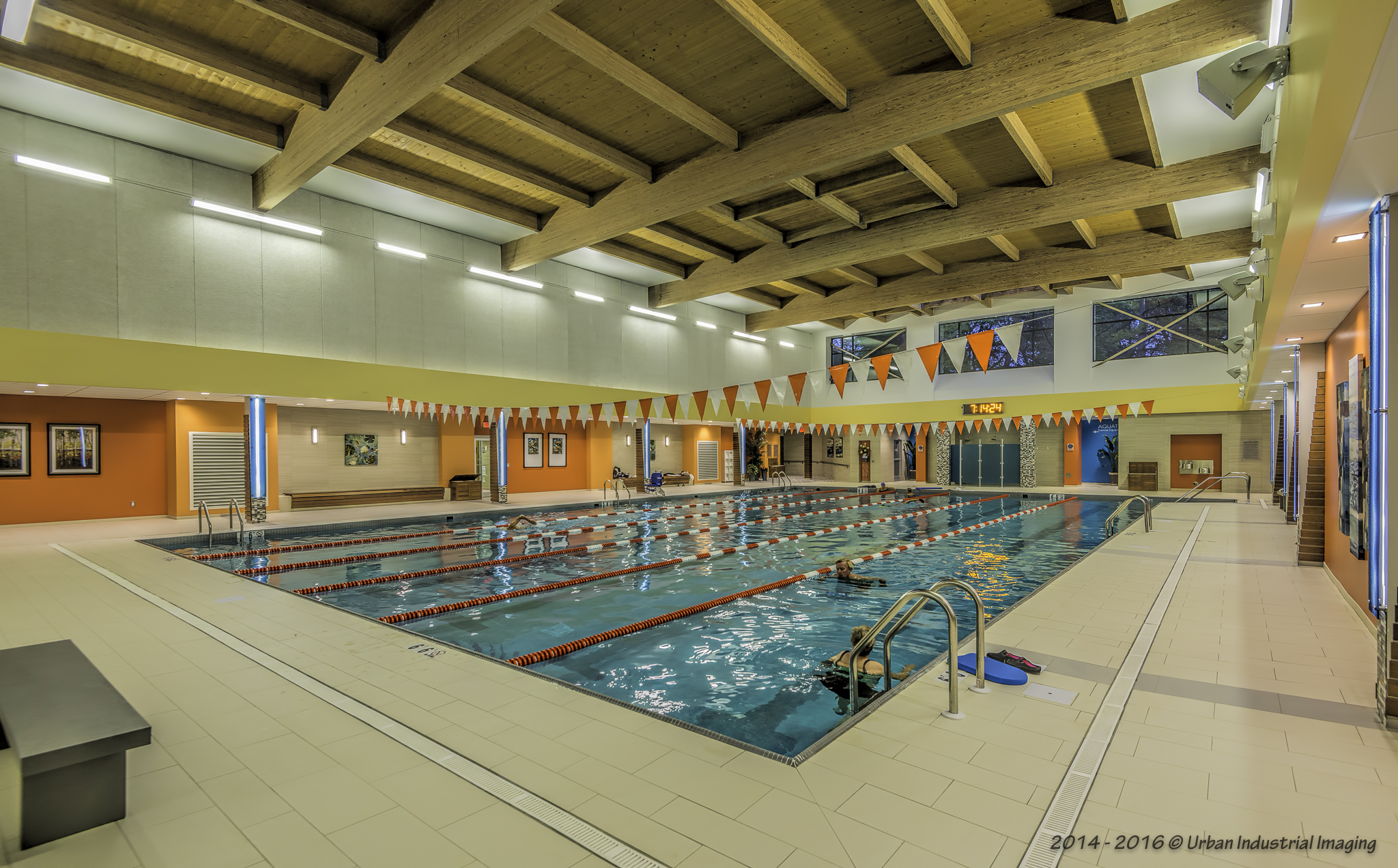
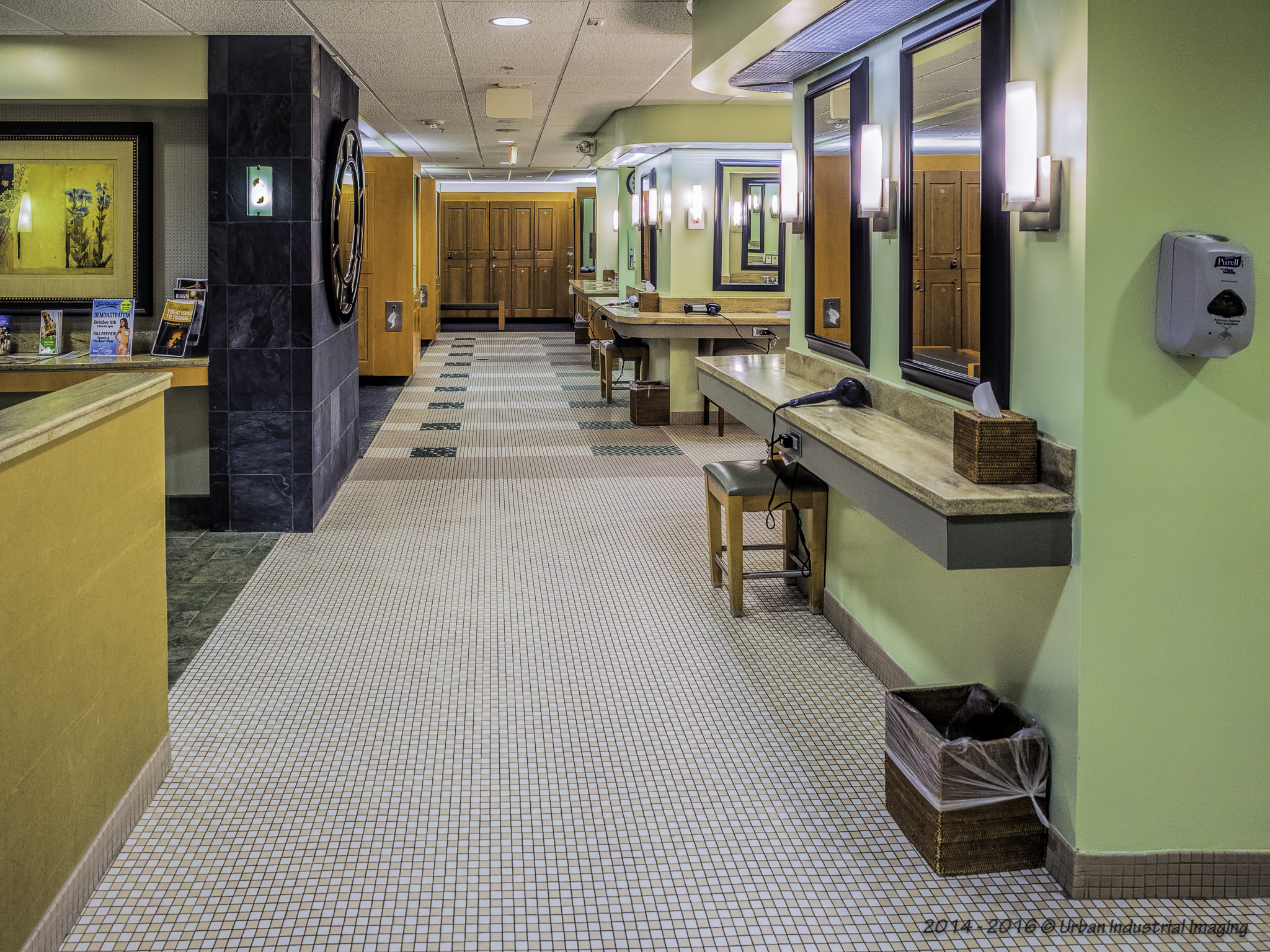
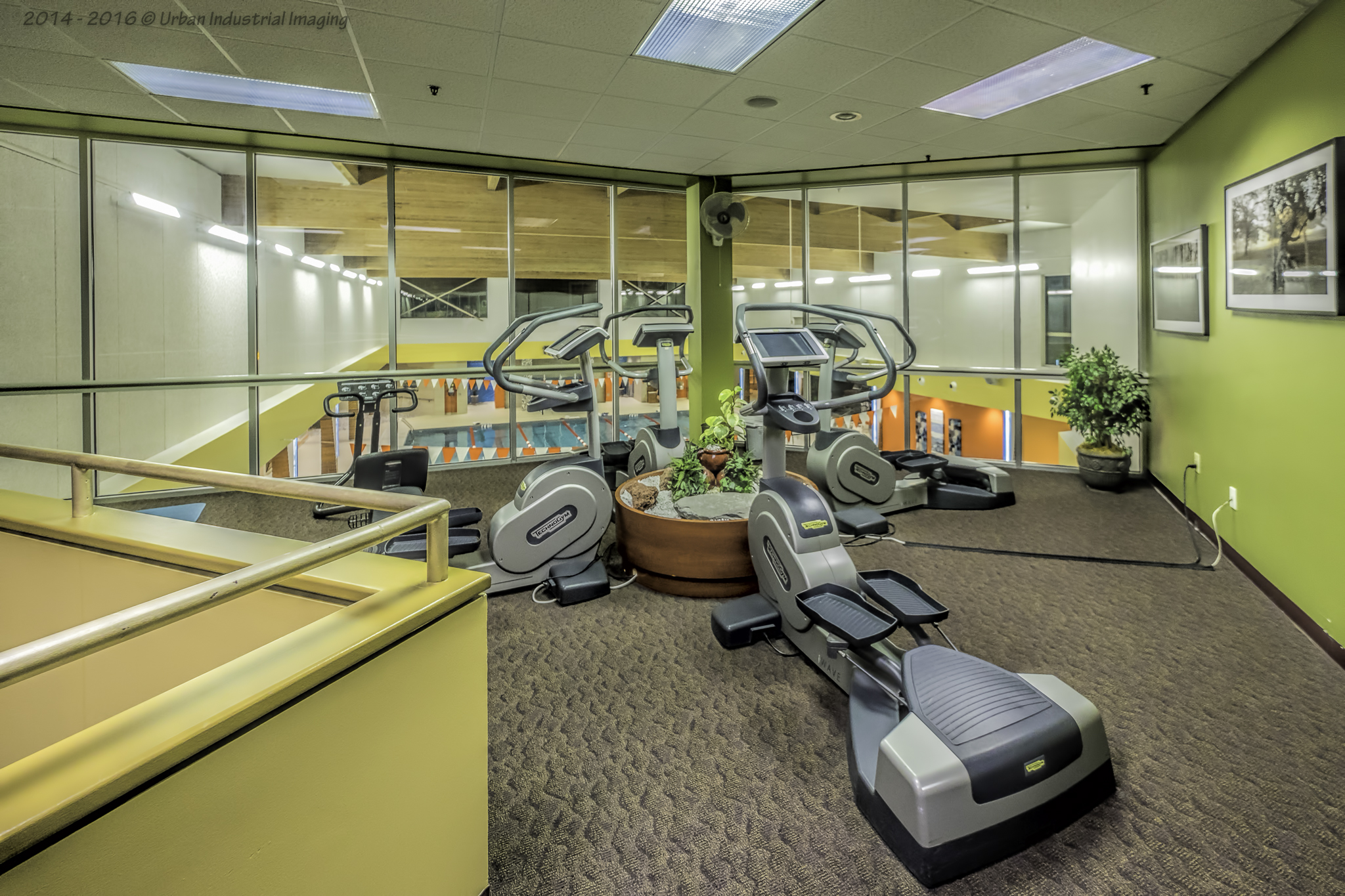
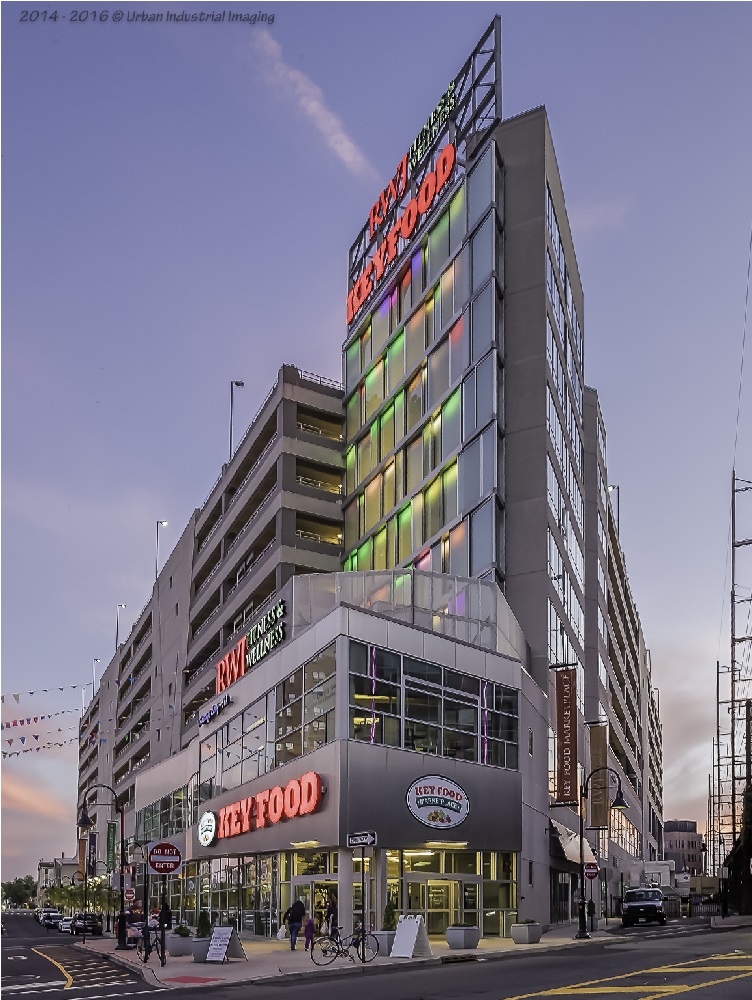
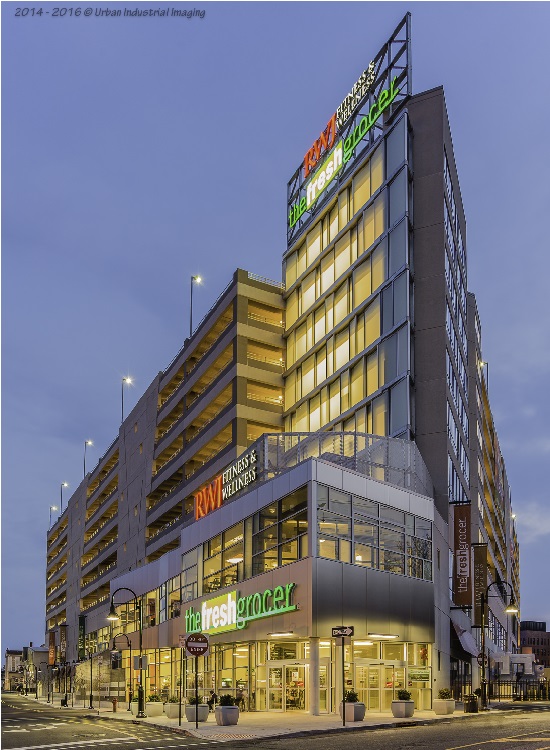
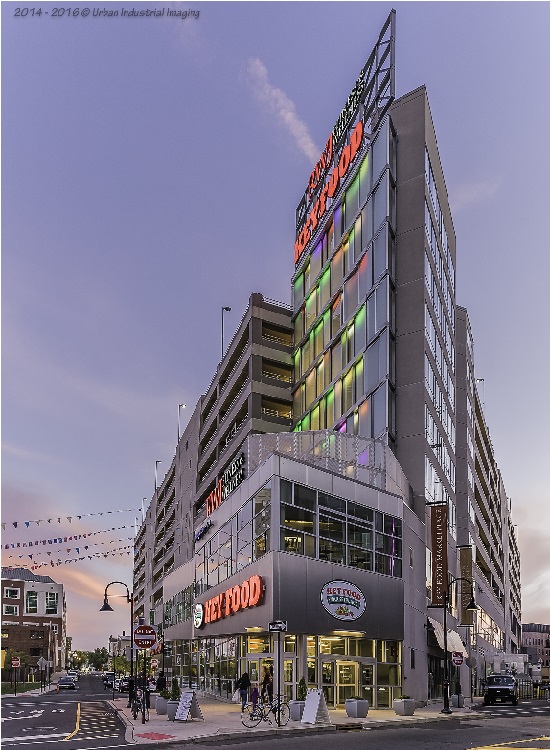
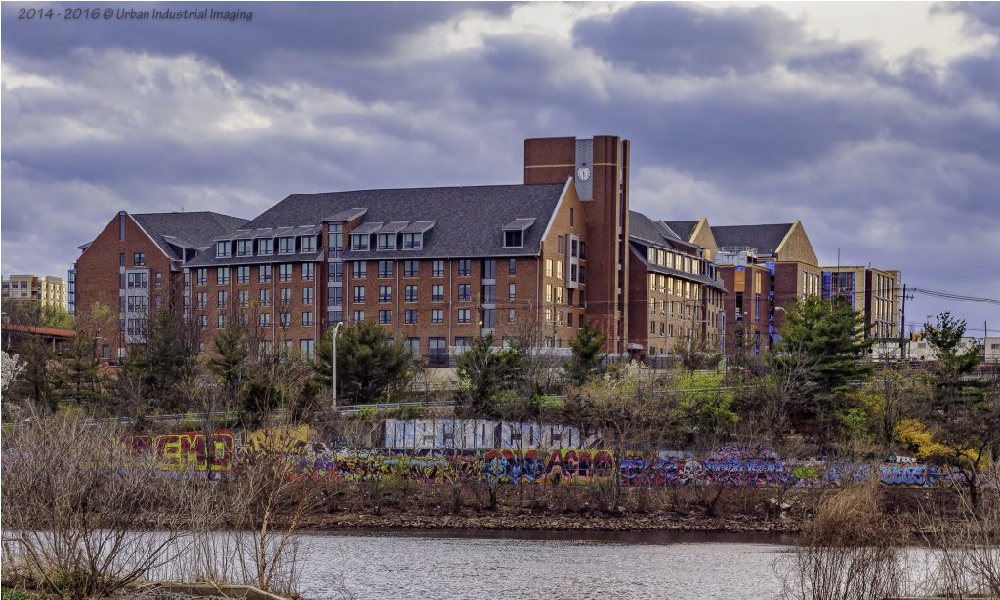
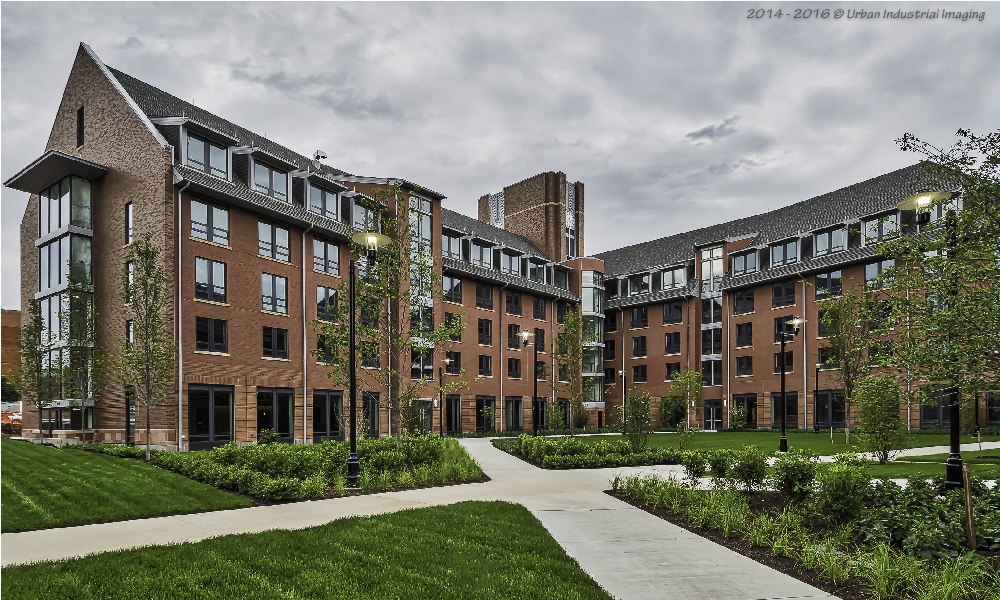
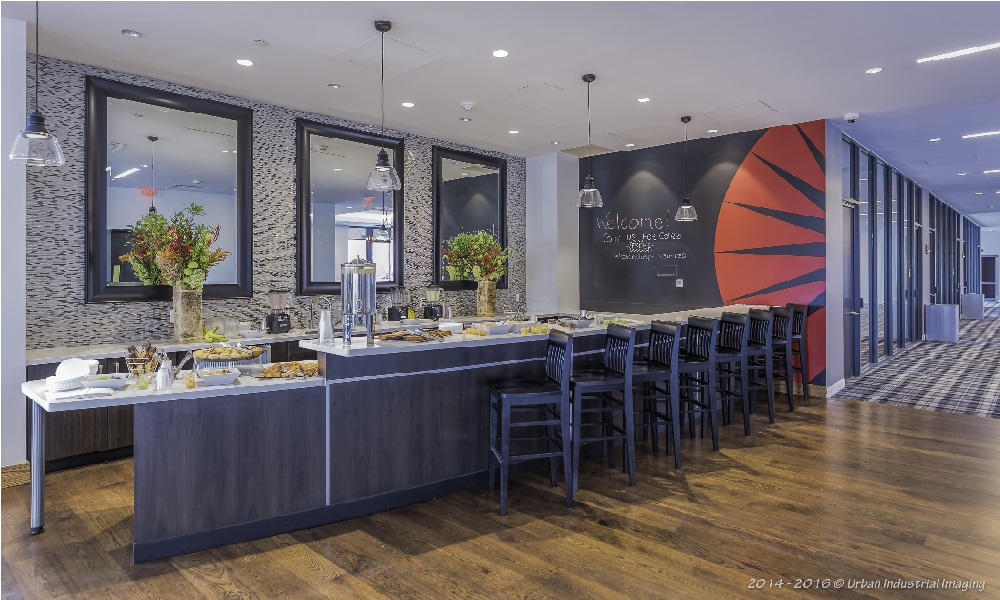
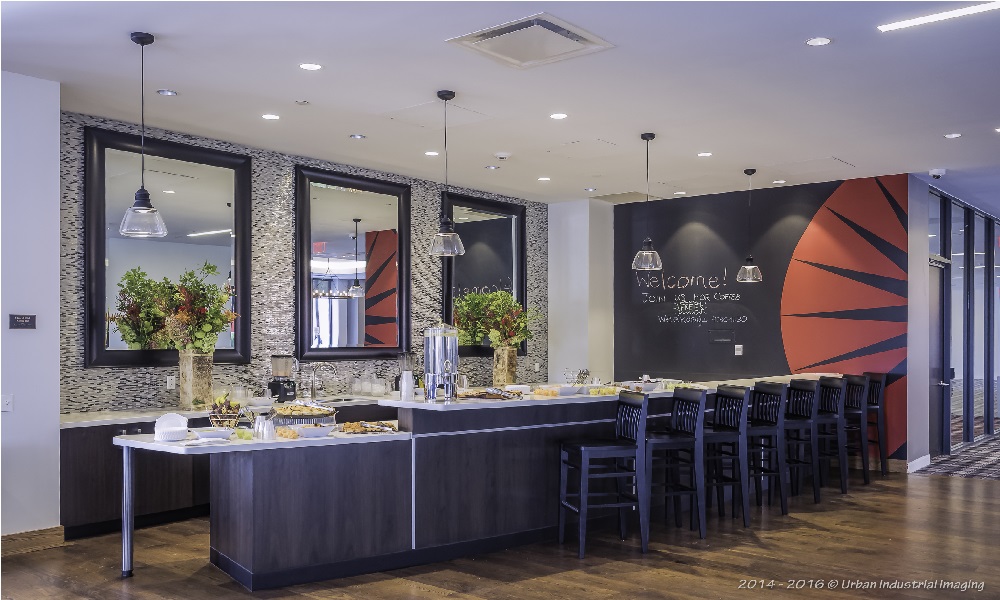
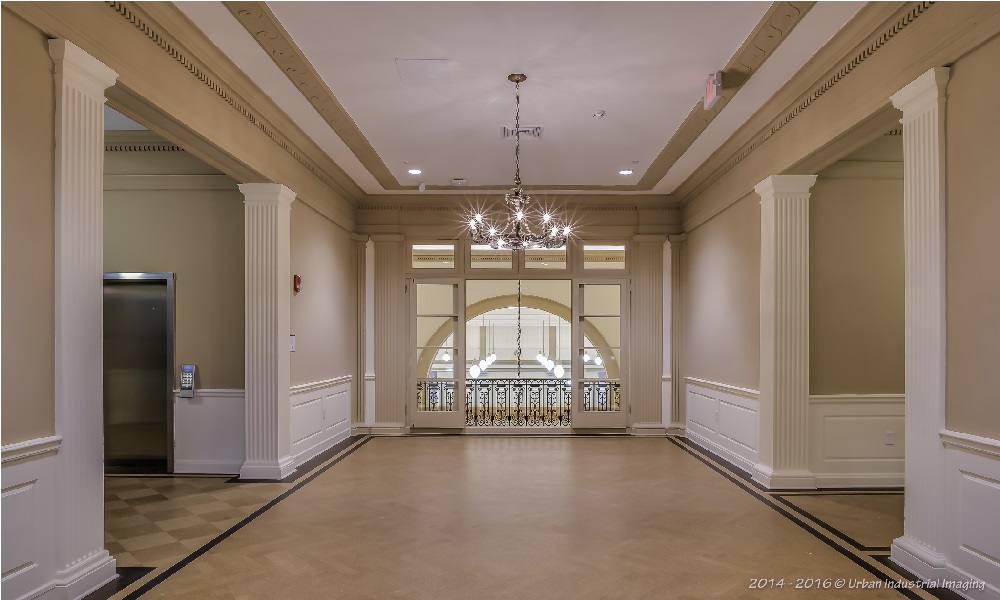
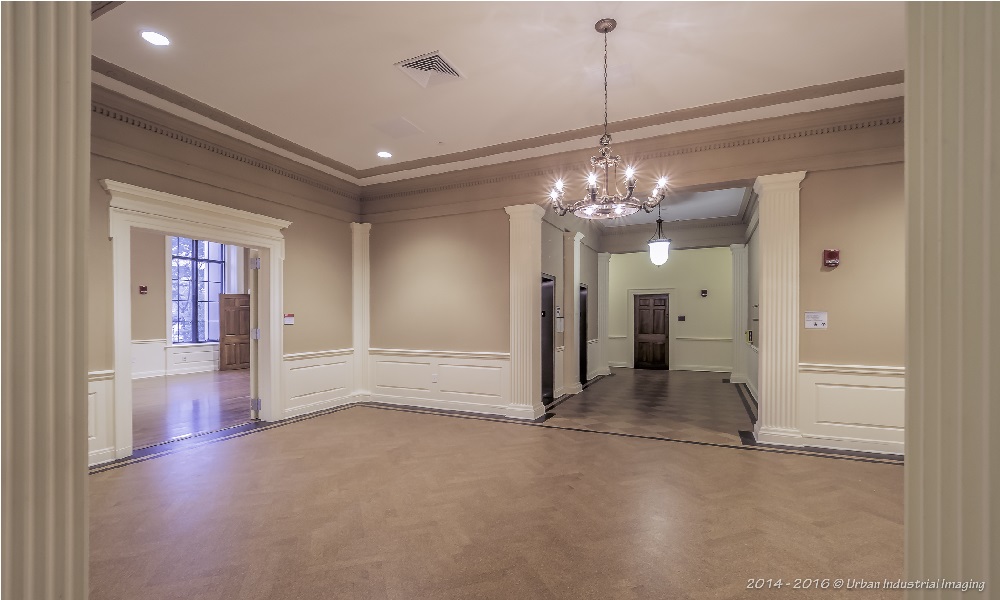
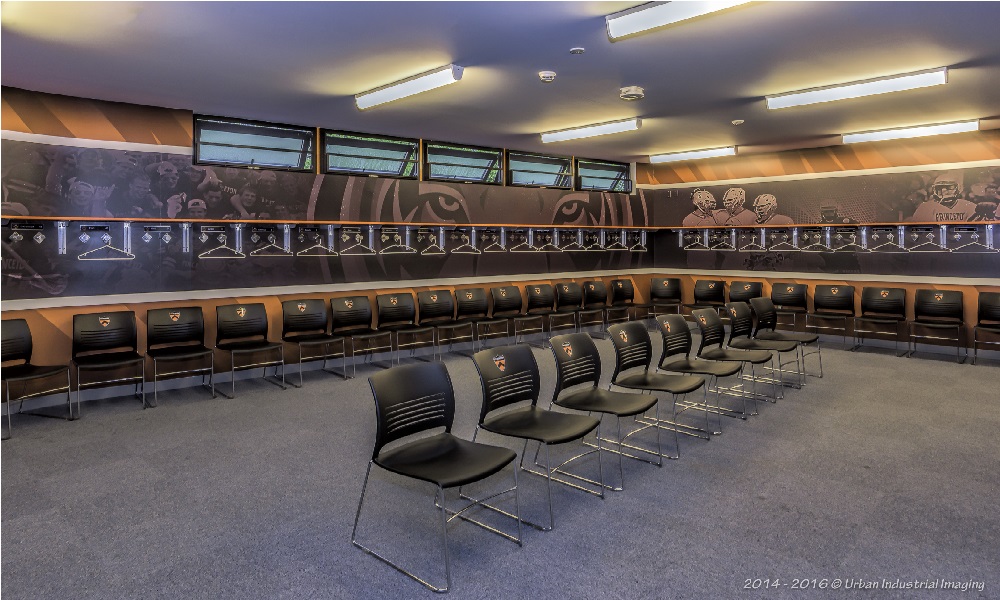
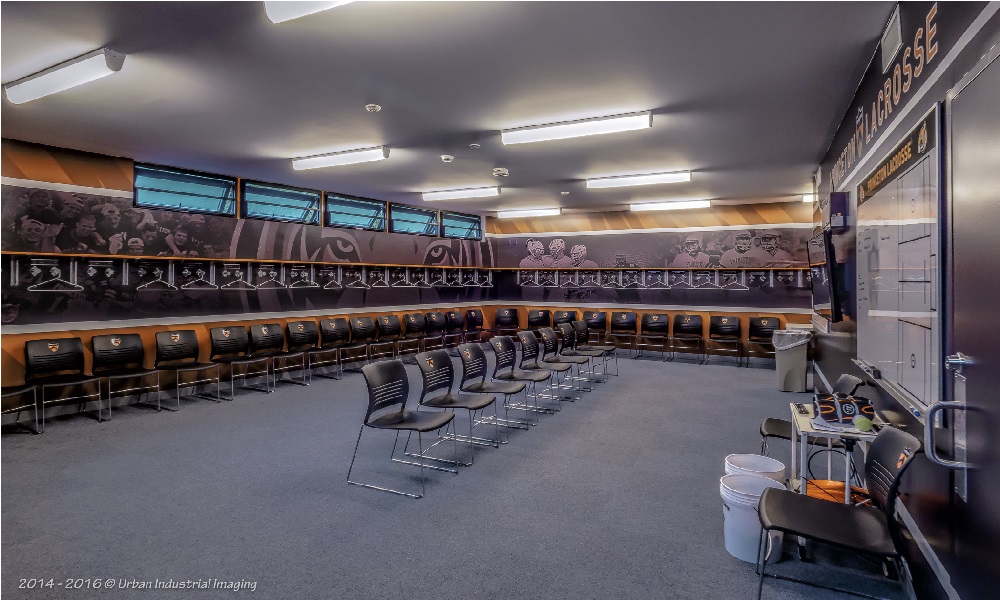
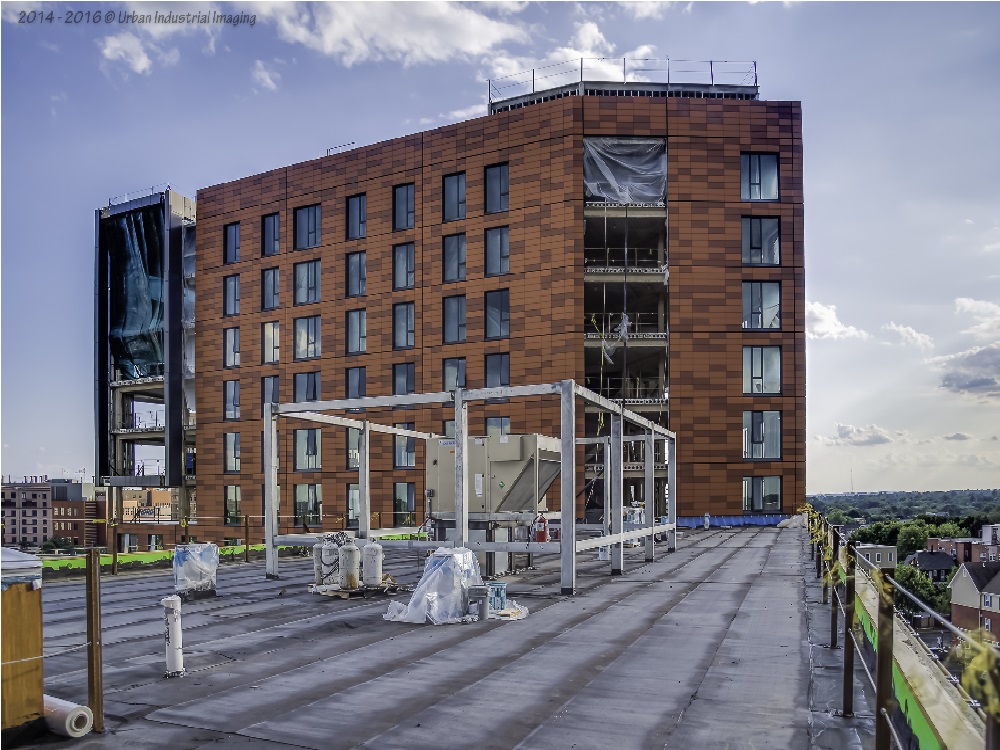
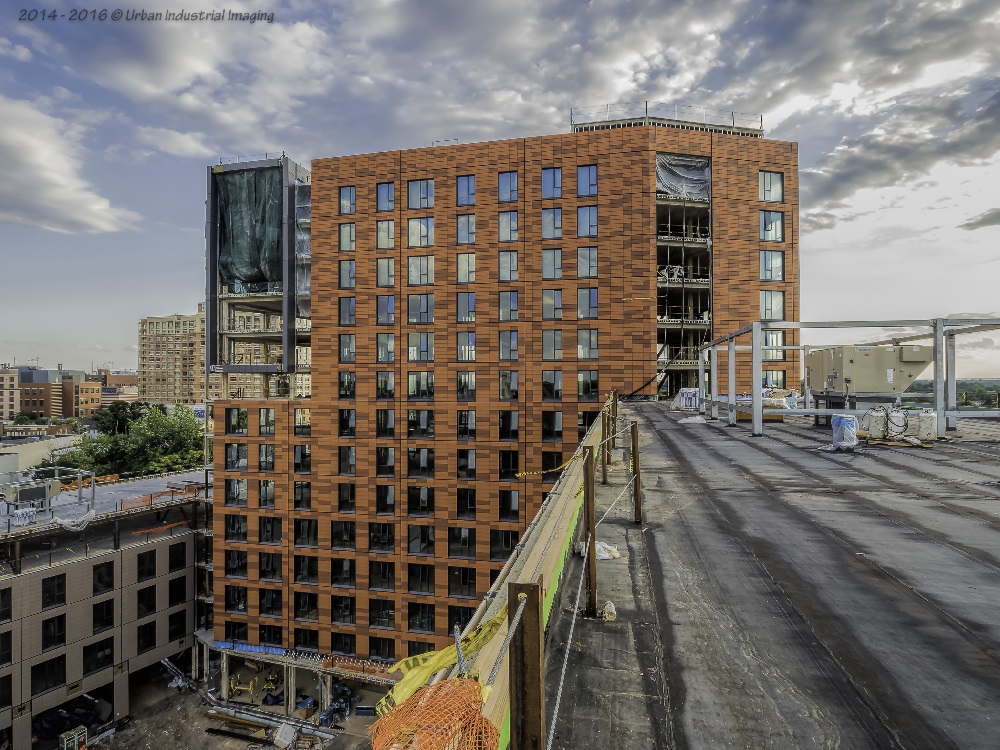
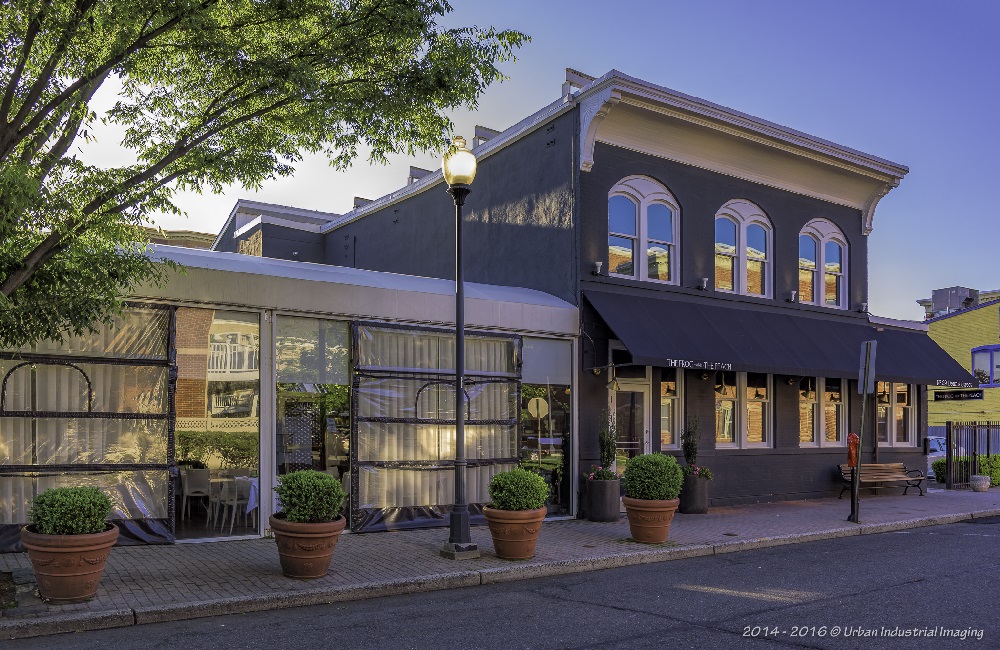
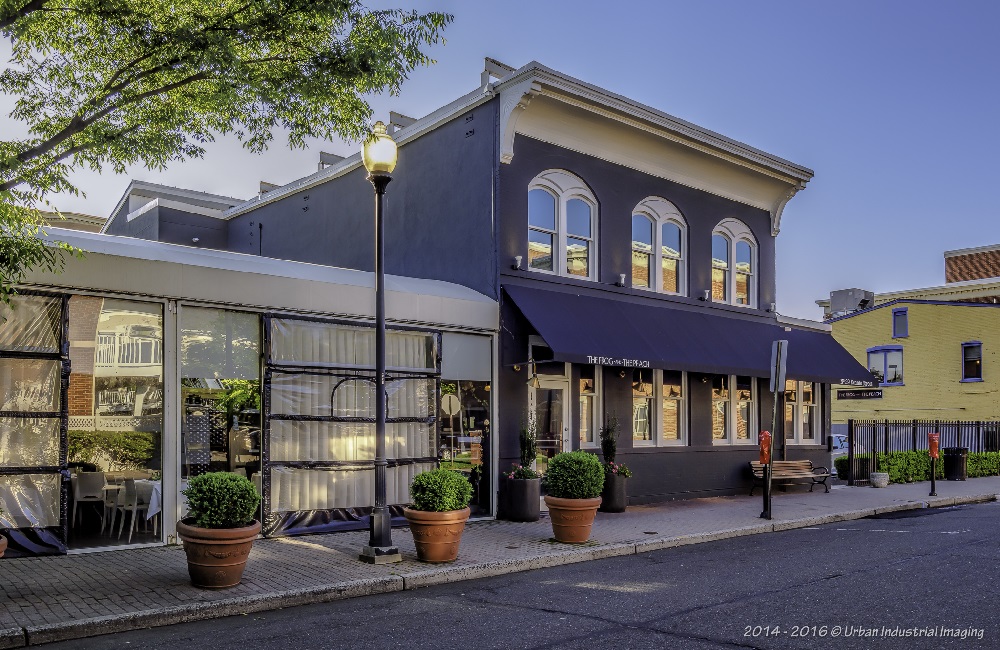

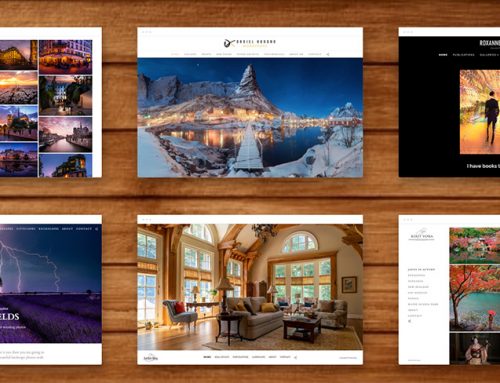
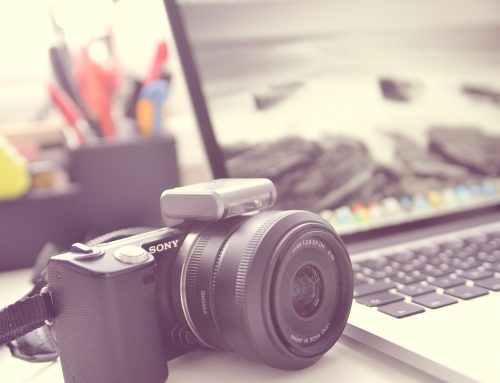
I only shoot mirrorless but my go to is the Panasonic GH4. Great camera for stills and video.
Nice Pics, but not one shown is with the Sony line of cameras.
Are we biased against Sony??
Not a fair comparison if you don’t use them all, now is it??
I guess objectivity is not a priority in this comparison?
Hi David,
I don’t think Frank is biased against Sony at all considering he owns one. I own a Sony A7IIS as well.
For his comparison shots he just happened to have his other cameras with him. Keep in mind he was shooting on job and not taking photos for this blog post specifically. With that in mind I think we can give him a break for not carrying 6 camera bodies and switching them out for each shot when the client is paying him for his time to create images for their company and properties :)
I just went over to Imaging-resource.com to see how the Pen-f stacked up against the Fuji x-ti and was not at all impressed with the Pen-F at higher ISO.
Hello. Allow me to answer some of the comments:
David, this was not a comparison of mirrorless cameras per se, rather, it was a documentary of how we incorporated mirrorless cameras in our professional workflow. I only mentioned that we use Olympus PENF now since it is an obvious question to be answered. But we have actually used Fuji XT-1, Olympus OMD-EM1, EM5MII, EM10, Sony A6000 and Sony A7II in our journey. I did mention in the article that we licensed images (i.e. we actually got paid by a client for taking photographs) with every one of these cameras, except for the Olympus EM10.
Deb, I can’t speak to Panasonic as I haven’t shot Panasonic. I’m sure their mirrorless cameras are excellent, and we have considered them in the past.
Dajamu, we shot architectural/industrial photography, mostly during the day in a fairly well-lit environment (or with supplemental lighting), so we haven’t exhaustively tested the low-light capabilities of any mirrorless camera. That said, I have yet to find a mirrorless that will compete with the D750 in that regard. For the record, we didn’t choose the PEN-F for its low light capability.
I realize there are differing opinions vis-a-vis mirrorless cameras and their capability, or lack thereof. For exhaustive comparisons, I leave that to the DxOMark sites, etc. This was meant to show the efficacy of mirrorless cameras, in general, with no regard to any specific model. Choosing a mirrorless camera, or any camera for that matter, is an intensely personal decision and based on many unique, personal preferences. I recommend renting before you buy…which is what we did. Your decision may not jive with ours, of course…as the saying goes “your mileage may vary”. Nevertheless, it behooves us all to investigate the technology and appropriate it in order to improve our collective workflows. Thank you for reading.
Frank Villafane & Rose Rios
UrbanViewPhoto.com
I’d be happy to use any of these cameras. I have a Canon 7D and a Sony A7II. They are different and I have a preferred camera for certain situations but they are preferences and a pro should be able to work with any camera.
Hi- Very interesting article for me now. Been using Nikon DSLR for several years. I work in film( not as a photographer) and spoke to the still person who was using and really likes the Sony 7r(2?). It’s silent so he doesn’t need a blimp on set and is happy with images. For me it’s the cost factor. Over $3000.00 for the body alone. Your blog mentioned news coming in September. Where from?
Great article, and wonderful images. I made the switch from DSLR to mirrorless (Sony a7R) last year, however, have struggled to master hand-held with it.
I have picked up my Canon 60d again and use that alongside the Sony for any hand held shots.
Hey Jerry,
Photokina is around the corner (September) and there will be a flurry of announcements as all the major camera vendors try to “one-up” the other.
That said, Olympus, Sony, Fuji & Panasonic all have SPECIFIC announcements timed to coincide with Europe’s largest camera show. Just watch all the blogs and you’ll be sure to catch all the news.
Frank V.
Hi Karen,
Thanks for the kind words vis-a-vis my article and images. The newer A7RII has 5-axis IBIS (image stabilization), as does the A7II and even the newer A6300, so that should help with the hand-held shooting. You might also try upping the ISO and raising your shutter speed to counteract any hand-held shaking. Basically, for sharp hand-held shots without IS, look to have a minimum of 1/80-1/125s shutter speed to offset shaking and freeze motion. If your camera has IBIS (3-axis or 5-axis) you can safely shoot with a much lower shutter speed (i.e. 1/30 or even 1/10 if you’re careful). I also find it helps to lean against a stable surface (a tree or a building) and hold your breath as you click the shutter.
But it is interesting that you also use both cameras in your workflow. We find it works very well for us.
Hope this helps…
Frank V.